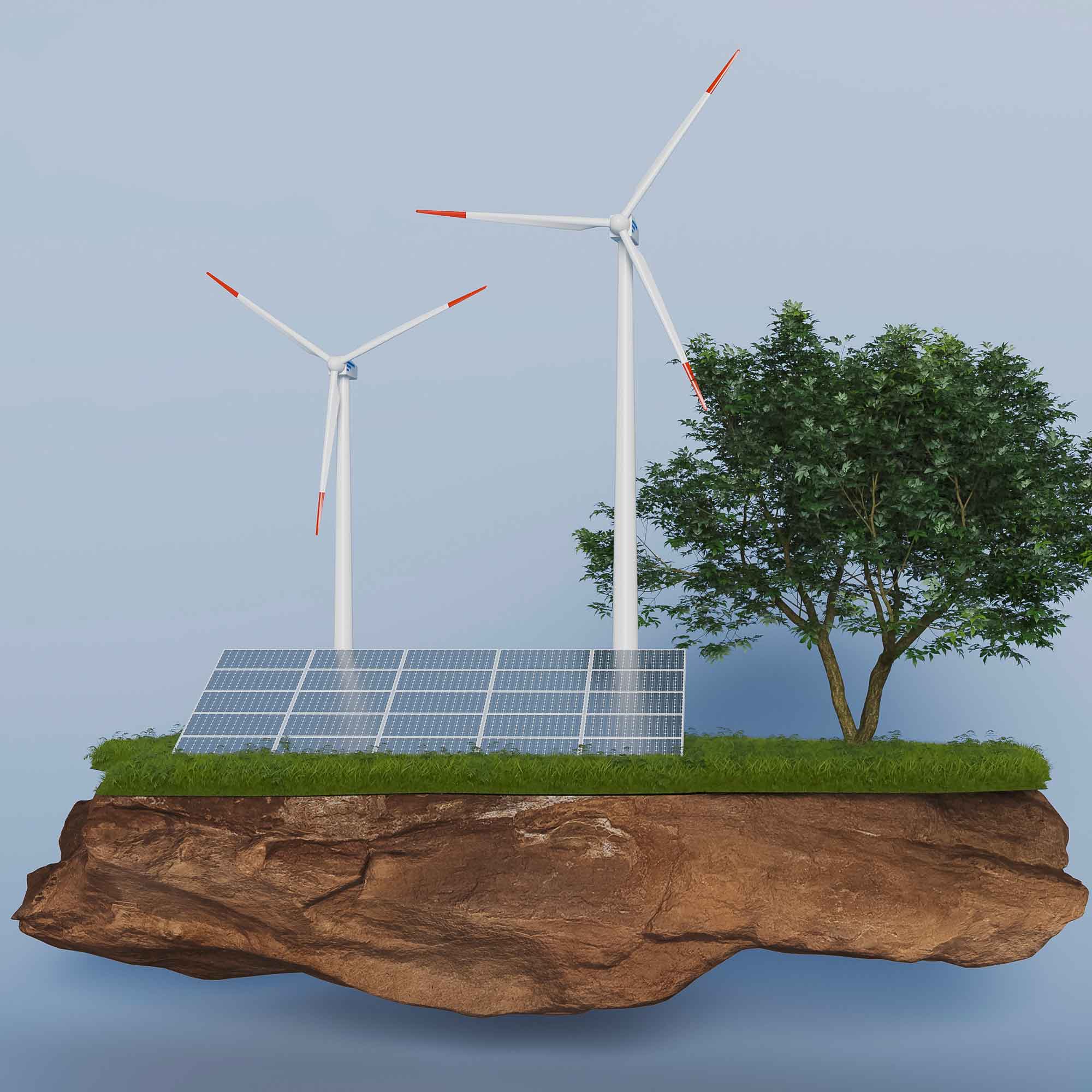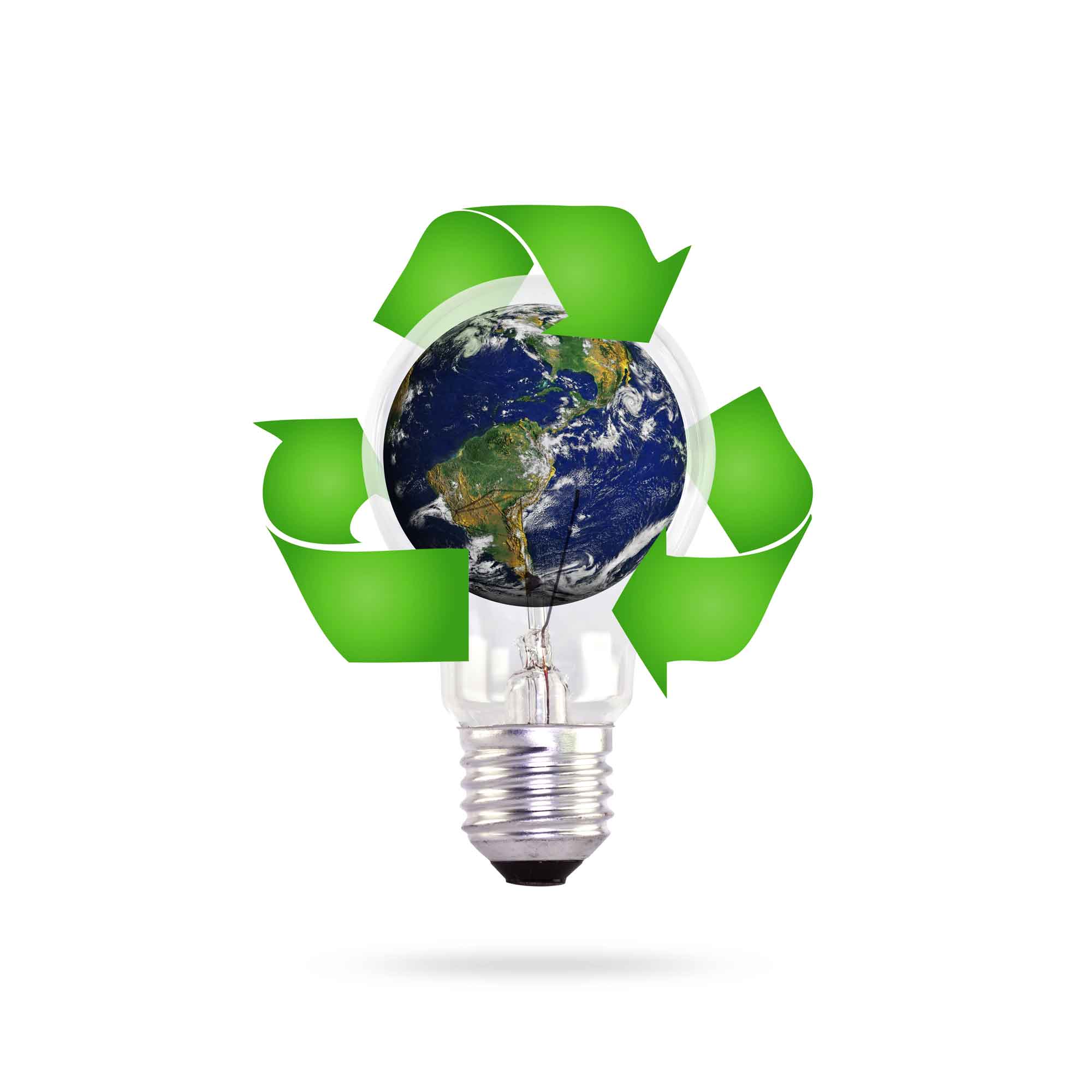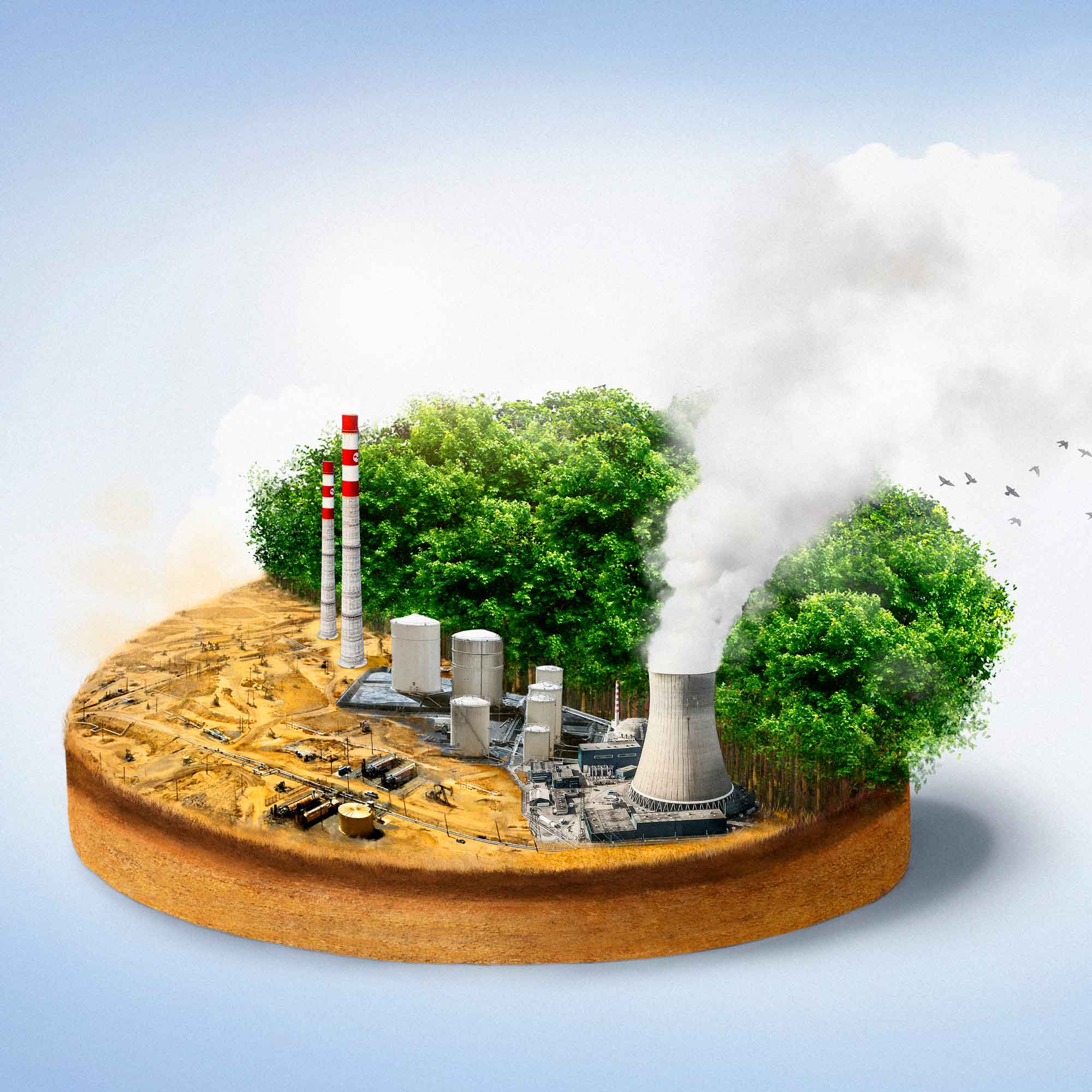Solar Energy
Solar energy is produced as a result of nuclear fusion within the sun. This energy travels outward into space in the form of rays. The sun’s rays transmit two main forms of energy:
- Thermal energy, or heat, which we have always used to heat our homes and greenhouses, for example. This "passive solar gain" can result in significant energy savings.
- Light energy, in the form of photons, which can be converted to electricity using certain materials that naturally release electrons when exposed to light. This phenomenon, known as the "photovoltaic effect" is the basis of all solar energy systems.
The efficiency of a solar energy system is influenced by a variety of variables, including albedo (the ability of the surrounding surface to reflect light), season, weather, and the number of hours of sunshine per day. Solar panels are always tilted and positioned to maximize light absorption.
Solar technology is dependable and simple to use because the sun is a highly predictable and stable resource. Additionally, since there is no need for fuel or moving parts and the sun’s energy is converted directly into electricity by a semiconductor, there is no pollution produced. As a result, solar energy is one of the most renewable and clean energy sources available.
How It Works
Solar panels work by harnessing the energy of sunlight and converting it into electrical energy. The basic principle behind their operation is called the photovoltaic effect. Solar panels are made up of many small units called photovoltaic cells. These cells are made of silicon or other semiconducting materials that are capable of absorbing photons (particles of light) and releasing electrons.
When sunlight hits the surface of a solar panel, it causes the electrons in the photovoltaic cells to become excited and break free from their atoms. The freed electrons then flow through the cell, generating an electric current.
The photovoltaic cells are connected to each other and to a wire that leads to an inverter. The inverter converts the direct current (DC) produced by the solar panels into alternating current (AC) that can be used to power homes and businesses. Solar panels work best when they are pointed directly at the sun. They are often installed on rooftops or in large solar farms, where they can collect sunlight throughout the day.
One of the major advantages of solar panels is that they produce electricity without emitting greenhouse gases or other pollutants. This makes them a popular source of renewable energy, especially in areas with abundant sunlight. While solar panels do require a significant up-front investment, they can provide a reliable source of electricity over many years and help reduce dependence on fossil fuels.



Get In Touch With Us!
+254 717 108 280
info@kingdomenergies.com
